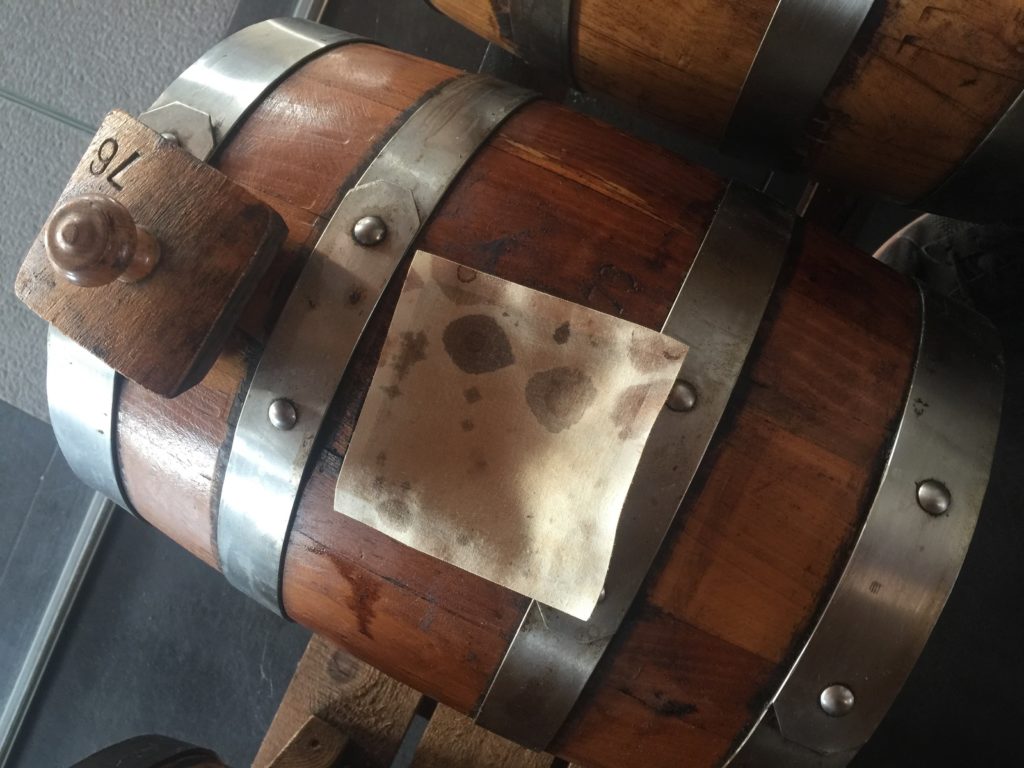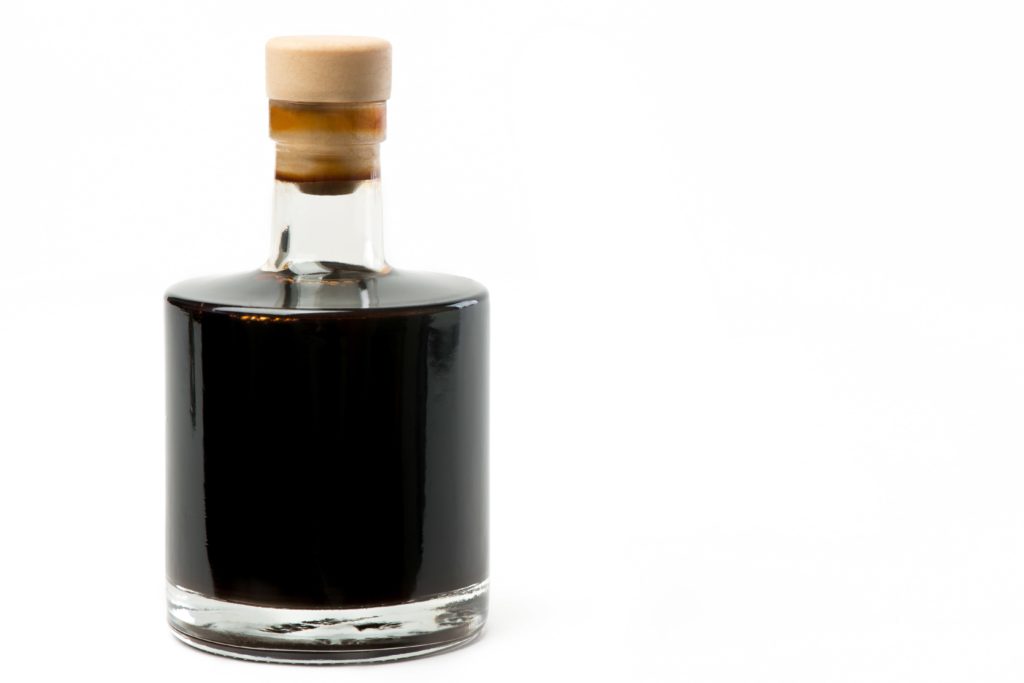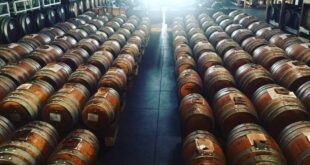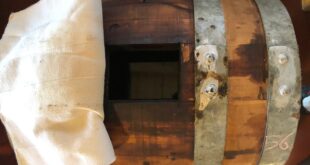To find a great Balsamic Vinegar of Modena is important to not underestimate your sense of smell. Making Balsamic: olfactory aspects. We will never get tired of telling you about the characteristics that make this product unique. It is and excellence made unique by the multiple cares and attentions that the manufacturer conducts for decades. One of the few food products that the experts examine and evaluate under different aspects (as we have already said).
Today we are talking about the adjectives that you find expressed in the product evaluation sheet, concerning the olfactory examination. We would like to remind you of the importance of using the correct adjectives when you taste the Balsamic, the meanings identify the characteristics of the product precisely.
Check out this article https://usebalsamicvinegar.com/balsamic-vinegars-are-not-all-the-same/ and download a facsimile of the evaluation form to better understand how to use it. LINK
Making Balsamic: olfactory aspects. Which are the observed characteristics? What do the common adjectives use to describe?
Making Balsamic: olfactory aspects
Frankness
We describe it as “absence of defects and presence of the perfume characteristic of Balsamic”. Detectable defects must not be identified.
- Resulting from the use of improper or low-quality musts.
- Natural defects such as mould or from abnormal fermentations.
- Deriving from the wood of the barrels, such as “secco di botte” or “alburno”.
- Deriving from the introduction into jars of substances not permitted by the Production Regulations.
We want to clarify that, because of its particular essences and flavours, the Ginepro wood cannot be considered a defect. Its taste or smell of a cooked apple will not allow proceeding with the examination of the sample. You cannot obtain Traditional Balsamic Vinegar of Modena from apple.
- HIGH – attributed to a sample of considerable value and structure. The total absence of defects allows identifying the typical scent of the Traditional Balsamic Vinegar. They perceive it naturally without interference and with great evidence. Fully satisfactory for “cleanliness and balance”.
- CLEAR – when the frankness occurs at considerable levels but slightly lower than those of the previous case. Especially for the immediacy and completeness of the impressions.
- DISCRETE – the Vinegar expresses qualitative feedback that is just sufficient. It does not have defects but typical of a product in the maturing phase and with the need to evolve more.
- MEDIOCRE – Vinegar offers unsatisfactory sensations such as the smell of oxidized wine (marsala or maderized), the smell of wood, the dry cask, the smell of mould, or acetic bacteria in a precarious state.
- DEFECTIVE – when you can perceive abnormals odours due to incorrect or incomplete fermentations and foreign substances. These odours identify the degeneration of the product. Undoubtedly negative feelings.

Fineness
It is the possibility of evaluating the “complex and quality” of the scents identified during the examination of frankness.
To the Traditional Balsamic Vinegar belongs a “characteristic and very complex” perfume. It is given by the primary scents of the grape, from secondary and tertiary aromas which it acquires over the long period starting from the cooking of the must and passing through the maturation and reaching ageing. Another element that transfers the characteristic smells is the battery of barrels. It transmits the different essences when in contact with the product depending on the type of wood of the barrel.
- EXCELLENT – an adjective that they use for a product usually wisely aged and of the high-quality level. You can perceive the presence of excellent perfumes which denotes elegance and its multiple nuances.
- PLEASANT – product with satisfactory and safe judgment. It is also lower on the quality of the perfumes compared to the previous case. This adjective is generally attributed to products with already evident Balsamic characteristics but still evolving, usually at the beginning of the ageing phase.
- MODERATE – the typical aromas are still in formation and are weakly manifested. They seem almost retained. Typical of the beginning of the maturation phase of the product or already aged, but with an excessive density that does not allow realising perfumes.
- POOR – typical of a product during the phase of alcoholic or acetic fermentation. The perfumes begin to form during this phase. Or typical of a valuable product that is dying due to lack of reinforcements.
- MISSING – insufficient or hybrid olfactory sensations due to mixtures or simply associated with the smell of cooked must.
Intensity and persistence
The intensity is an easy property to evaluate. It represents the vigor with which perfumes are manifested.
The persistence corresponds to the period during which the perfumes remain in the olfactory system.
- WIDE and PROLONGED – characteristics implemented with extremely positive feedback regarding the temporal possibilities of the sensory organ.
- PRONOUNCED – they are satisfactory, even at a good level.
- MILD – if the perception occurs in light or temporally limited form.
- WEAK and SHORT – if their recognition is decidedly weak and slight.
- ELUSIVE – the absence of properties makes it almost impossible to classify.

Volatile and Olfactory Acidity
It is evaluated thanks to the presence of acetic acid, aldehydes and other volatile acids that appear during the fermentation phases.
- HIGH and BALANCED – terms that they attribute only to the high calibre samples. The quantitive level of the acetic faction gives way to the qualitative level.
- GOOD – attributed to products slightly lower than the previous level. Balance and quality are considered not optimal.
- MODERATE – the acidity detected in near the limits of acceptability suggested by the Production Regulations.
- OVERBEARING – this term is synonymous of excessive. The acidity is robust, dominates and tends to cover the other qualities. Usually, a situation in which it is easy to intervene on the product, correct it and bring it back to the right standards.
- WEAK – the weakness of acidity leads to a negative evaluation. Also, in this case, we suggest making corrections to the product.
- The PRICKLY – negative term due to the detection of an excessive presence of acid substances. The acids substances offend the olfactory mucosa.
To better understand the characteristics of the product and how to Making Balsamic Vinegar, we suggest you to continue reading these articles:
If you enjoyed this article “Making Balsamic: olfactory aspects”, we invite you to stay tuned!
We will talk about other incredible curiosities on how to taste and evaluate the Traditional Balsamic Vinegar of Modena.
Best wishes from Modena.
 Use Balsamic Vinegar All you need to know about Balsamic Vinegar of Modena
Use Balsamic Vinegar All you need to know about Balsamic Vinegar of Modena


